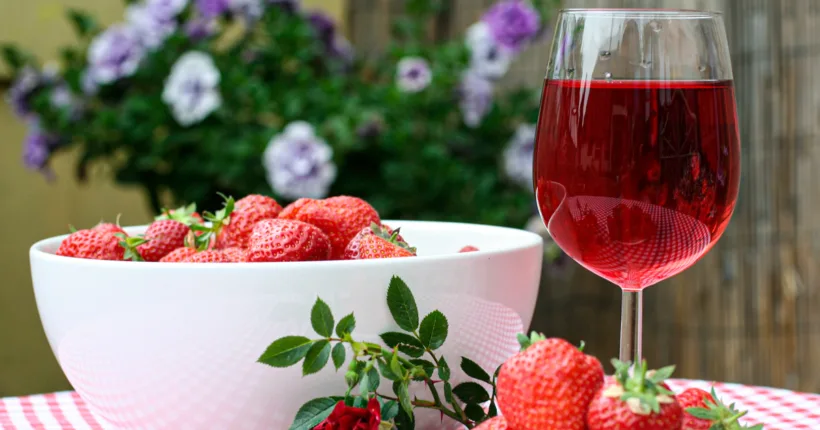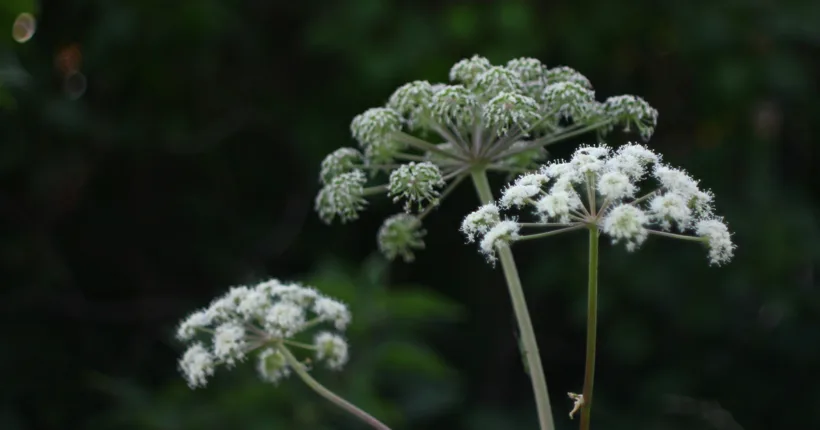The festive season is soon upon us, and so are (whether you know it or not) the terpenes and the terpenoids. Christmas would, quite simply, not be Christmas without these delightfully volatile compounds. The joy and tranquillity they bring through their interaction with the human olfactory system are as indispensible as the slightly obese man from the Pole and his red-nosed ruminants.
Both terpenes and terpenoids are derived from the isoprene molecule. From this unassuming 6-carbon ensamble, a universe of scented sensations and aromatic artistry is built. Just look at the Christmas tree par preference, the fir. While the annual culling of baby firs for decorative purposes may not be strictly PC, the scent of a freshly cut Christmas tree quickly soothes any potential guilty conscience and instead brings out the very best of adults and children alike. The compounds responsible for this christmassy miracle are, you guessed it, terpenes. Conifer resin contains high concentrations of these volatile compounds as a deterrent against herbivores and hungry insects. Due to an ironic twist in evolution, it also acts as a strong attractor for humans in festive mood, leading to the swift death of many a fir at Christmas time.
Let’s move on to the beverages! Christmas provides the excuse you need to destroy a perfectly adequate red wine by adding copious amount of carbohydrate and – yes! – terpenes, before removing any remaining trace of wine taste by boiling. The sickly sweet end-result is glühwein, or, as we Swedish people call it (after having added another spoon of sugar), glögg. The perfect wine for people who don’t really like wine! Glögg can be made in millions of different ways, but all recipes seem to contain cinnamon and cloves. No wonder! These particular plant parts are rich in terpenes and provide most of the aromatic flavour profile. No wonder glögg goes so well with fir.
Skål! and Merry Christmas!








